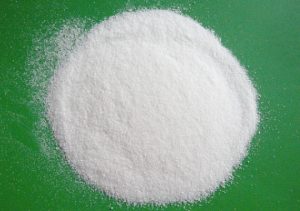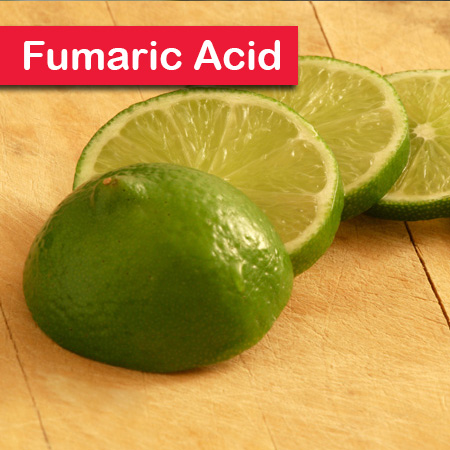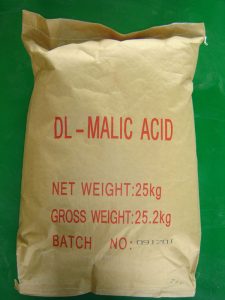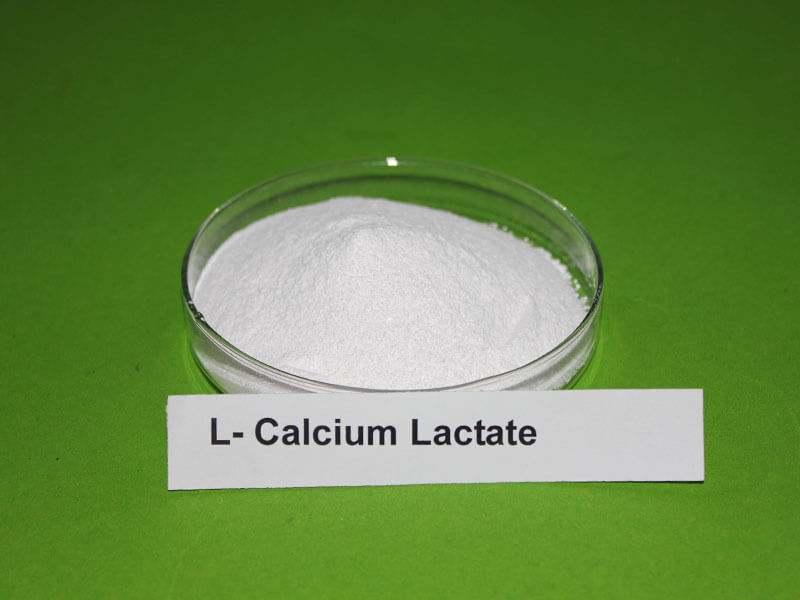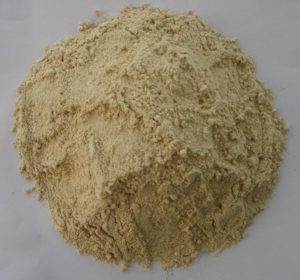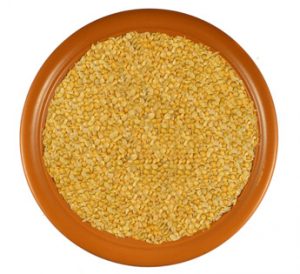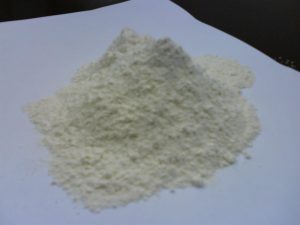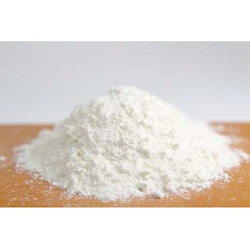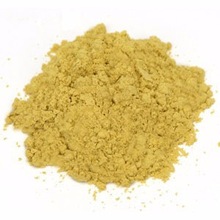Applications and Uses of Lactic Acid
Lactic Acid, E270, can be used as acidulant, flavoring agent and pH regulator in beverage, beer, fruit wine, meat, sourdough, salads, dressings, confectionery (such as hard- boiled candy, fruit gums) and pickled vegetables. The main functions of Lactic Acid is to preserve and flavor.
Lactic Acid E270 is produced from natural corn starch by advanced bio-fermentation and refining technology. The lactic acid is a yellowish to colorless liquid, having a mild acid odor and taste. Lactic Acid is a carboxylic acid widely used as acidity regulator in food and beverage. 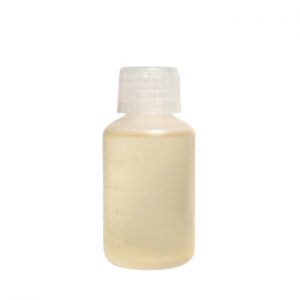
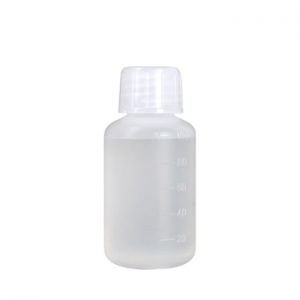
In Pharmaceutical and cosmetic
Lactic acid E270 is also employed in pharmaceutical technology to produce water-soluble lactates from otherwise-insoluble active ingredients. It finds further use in topical preparations and cosmetics to adjust acidity and for its disinfectant and keratolytic properties.
In Food uses
Lactic acid E270 is also used in a wide range of food applications such as bakery products, beverages, meat products, confectionery, dairy products, salads, dressings, ready meals, etc. Lactic acid in food products usually serves as either as a pH regulator or as a preservative. It is also used as a flavoring agent.
- Meat, Poultry & Fish
Lactic acid E270 can be used in meat, poultry and fish in the form of sodium or potassium lactate to extend shelf life, control pathogenic bacteria (improve food safety), enhance and protect meat flavor, improve water binding capacity and reduce sodium. - Beverages
Because of its mild taste, lactic acid is used as an acidity regulator in beverages such as soft drinks and fruit juices. - Pickled vegetables
Lactic acid is effective in preventing the spoilage of olives, gherkins, pearl onions and other vegetables preserved in brine. - Salads & dressings
Lactic acid E270 may be also used as a preservative in salads and dressings, resulting in products with a milder flavor while maintaining microbial stability and safety. - Confectionery
Formulating hard-boiled candy, fruit gums and other confectionery products with lactic acid results in a mild acid taste, improved quality, reduced stickiness and longer shelf life. - Dairy
The natural presence of lactic acid in dairy products, combined with the dairy flavor and good antimicrobial action of lactic acid, makes lactic acid an excellent acidification agent for many dairy products. - Baked Goods
Lactic acid E270 is a natural sourdough acid, which gives the bread its characteristic flavor, and therefore it can be used for direct acidification in the production of sourdough. - Savory Flavors
Lactic acid E270 is used to enhance a broad range of savory flavors. Its natural occurrence in meat and dairy products makes lactic acid an attractive way to enhance savory flavors.
In Detergents
Lactic acid E270 has gained importance in the detergent industry the last decade. It is a good descaler, soap-scum remover, and a registered anti-bacterial agent. It is also economically beneficial as well as part of a trend toward environmentally safer and natural ingredients.
In Mosquito lure
Lactic acid, along with ammonium bicarbonate, is used in the Lurex brand mosquito attractant.
Application table:
| Product | Area | Recommendation Dosage | Function |
| Buffered Lactic Acid | Teat-Dip | 1.5-1.7% | Kill mastitis bacteria |
| Buffered Lactic Acid | Hard/soft candy | 0.5-04% | Prevent sugar inversion |
| Buffered Lactic acid | Hard candy | 1.5-4.0% | Reducing sugar inversion |
| Calcium Lactate | Oral care(Tooth paste and mouth washes) | 3-8% | Reducing tartar on the teeth |
| Calcium Lactate | Pet bird drinking water | 1-3g/ml | Healthy skeleton & good egg shell |
| Calcium Lactate | Prawn feed | 0.6-1g/100g | Improve shell firmness |
| Calcium Lactate | Dough | 0.1-1% | Inhibit mold growth and good taste |
| Calcium Lactate | Dairy /fruit juice/beverage | Based on calcium required | Calcium supplement |
| Calcium Lactate | Chewing gum | 1-7% | Remineralization of enamel |
| Calcium Lactate | Black olives | 0.8-1.25% | Improve taste and firmness |
| Calcium Lactate | Snacks | 0.1-1% | Replaced acrylamide |
| Calcium Lactate | Milk/ice cream/soy bean milk/health drinks/natural fruit juice/sport drink/water tea/baby food | Based on calcium required | Calcium supplement |
| Calcium Lactate | Tobacco | 0.05-0.2% | Lighten white of cigarette |
| Calcium Lactate | Soda/premium cracker | 0.2-0.4% | Regulation of CO2 release |
| Ethyl Lactate | Flavors(straw berry and butter) | 0.005-0.01% | Enhance flavors |
| Ethyl Lactate | Pesticide | 0.5-5% | Green solvent, coalescent agent and surfactant agent |
| Lactic Acid | Hair Care(Shampoo) | 0.50% | Better wet and dry fell |
| Lactic Acid | Animal drinking water | 0.4-0.5% | Prevent bacterial growth |
| Lactic Acid | Piglet | 1-2% | Improve food intake |
| Lactic Acid | Yogurt | 0.53-1% | Prevent bacterial growth |
| Lactic Acid | Dressing | 0.05-2% | Prevent bacterial growth |
| Lactic Acid | Washing egg | 1-3% | Decrease bacterial contamination |
| Lactic Acid | Seafood( shrimp and fish) | 1.5-2.5 | Prevent the black sport |
| Lactic Acid | Beer | 0.8-1.5% | Correct PH value and improve taste |
| Lactic Acid | Flavors(straw berry, apple, mint, dairy) | 0.05-0.1% | Enhance flavors |
| Lactic Acid | Heath & diet food | 0.1-0.3% | Improve organoleptic character |
| Lactic Acid | Ice cream | 0.1-0.3% | Improve organoleptic character |
| Lactic Acid | Carcass | 1.25-2.5% | Decontamination |
| Lactic Acid | Livestock | 0.2-0.5% | Less bacterial infection |
| Lactic Acid | Livestock | 0.3-1.5% | Replaced antibiotics |
| Lactic Acid | Black olives | 0.1-0.3% | Bacterial inhibition |
| Lactic Acid | Gum & jellies | 1.5-2.5% | Reduce sugar inversion |
| Lactic Acid | Leather 0.5-2.5% | Improve | efficiency of the process |
| Lactic Acid | Concrete and mortar | 0.1-2% | retarder |
| Lactic Acid | Epoxy glue remover | 3-4% | activator |
| Lactic Acid | Electroplate | 5-15% | Chelating agent |
| Lactic Acid | Oil well | Clay solvent | |
| Lactic Acid | Tobacco | 1-2% | Decrease irritation |
| Lactic Acid | Biscuit/cookies | Based on sodium bicarbonate | Neutralization |
| Lactic Acid | Sour dough | 6-10% | Sourdough flavor |
| Lactic Acid | Cider | Until PH-3.2 | Correct PH Value |
| Lactic Acid | Cream cracker/bagel | 0.3-0.5% | Reduction in production time |
| Lactic Acid | Soft drinks & lemonades | 0.5-0.7% | Inhibition L.brevis |
| Lactic Acid | Bathroom/toilet/manual dishwasher /coffee machine/ soap scum remover | 0.2-5% | Descaling properties |
| Lactic Acid Powder | Soft candy | 15-28% | Sanding of sugar |
| Lactic Acid Powder | Sour dough | 10-15% | Sourdough flavor |
| Magnesium Lactate | Tobacco | 0.05-0.2% | Improving binding force |
| Potassium/Sodium Lactate and Diacetate | Freshmeat/cooked sausages(hot dog) | 2-2.5% | Bacterial inhibition |
| Sodium Lactate | Salmon | 2-3% | Decrease the water activity |
| Sodium Lactate | TCE(C2HL3) | 25-27% | Hydrogen donor |
| Sodium Lactate | Liquid laundry/fabric softeners | 3-7% | moisturizer |
| Sodium Lactate | Tobacco | 0.15-0.35% | Increase tenacity of cigarette casing |
| Sodium Lactate/Acetate blend | Fish | 2.5-3% | Prevent bacterial growth |
| Sodium Lactate/Acetate/Diacetate | Freashmeat and cooked sausages | 0.5-6% | Bacterial inhibition |
| Sodium Lactate/Ethyl lactate | DCB | 0.1-0.2% | Carbon donor |
| Sodium/Potassium Lactate | Pancake bread | 1.5-3% | Inhibit mold growth |
| Sodium/Potassium Lactate | Fresh meat | 3-4% | Decreasing water activity |
| Sodium/Potassium Lactate | Cakes, breads, rolls | 1-2% | Increase texture and softness |
| Zinc Lactate | Oral care(tooth paste and mouth washes) | 0.1-0.5% | Prevent tartar oral, oral malodor and gingivitis |

